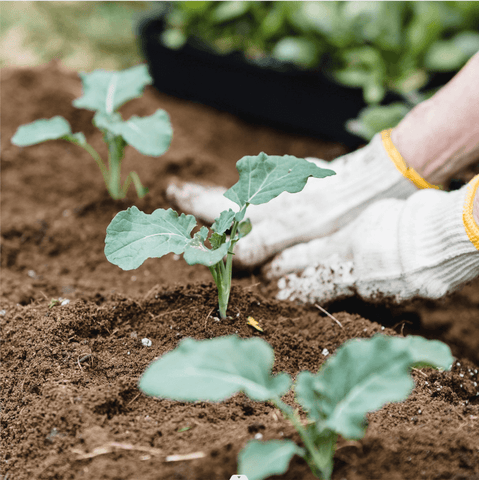We believe that gardening is an activity that everyone can participate in, regardless of their physical ability. In most cases, it is! Gardening can become a safe and comfortable way for almost everyone to enjoy through some adjustments and the use of deep garden beds. These methods mean that the gardener does not have to bend down. They have enough space for the walker or wheelchair to be between the two rows. These are just two simple ways to create a barrier-free gardening space.The following content also has some reference value for raised garden beds.
One of the keys to creating a barrier-free garden is to consider what kind of barrier-free environment you need. For example, to create an elevated garden bed that can use a wheelchair for people who can stand but can't bend, the gardener may need to work on the wheelchair and put his knees under an elevated flowerpot.
Adapt to barrier-free garden
Place the movable bed on the level ground
 There are many ways to make the garden more convenient. One of the main methods is to put the garden on the flat ground, where anyone with walking aids, wheelchairs or other mobility difficulties can move safely. The durable green bed can be placed anywhere. On the sidewalk, driveway, parking lot, etc. Place a durable green bed on the flat ground, otherwise it may not be used for gardening. This opens up a vast area of land for the garden. You may not expect that this area of land will be used.
There are many ways to make the garden more convenient. One of the main methods is to put the garden on the flat ground, where anyone with walking aids, wheelchairs or other mobility difficulties can move safely. The durable green bed can be placed anywhere. On the sidewalk, driveway, parking lot, etc. Place a durable green bed on the flat ground, otherwise it may not be used for gardening. This opens up a vast area of land for the garden. You may not expect that this area of land will be used.
If your bed is not in a flat paved area, use gravel to provide a solid foundation and good drainage. Make sure that there is no bulge or depression between the junction of the patio and the sidewalk or the sidewalk of the garden itself.
Use vertical gardening techniques
Plant peas, beans, and even cherry tomatoes in vertical gardens. A basket full of strawberries and other things can let gardeners pick agricultural products at the level of their eyes. Vertical gardens can be created from trays and landscape fabric bags. There are many unique options to create an accessible space. Any unused wall, fence or roof overhang can be used to build some type of accessible vertical garden.
Use raised flower pots
A unique way to plant strawberries, which we have always appreciated, is to plant strawberries in the drainage ditch high from the ground.
Using unconventional methods like this, no one has to bend down to get strawberries on the ground.
Use a deep raised bed
When you grow on a large and deep bed, gardeners are easier to approach because they don't have to bend too far. This works for children, the elderly and people who may need to sit rather than stand. Durable green beds can be 1 or 2 feet deep, or have special or custom sizes, such as a 4-foot double bed. The use of deep raised beds is an ideal choice for barrier-free gardens because they allow gardeners to sit and work. People with walking aids need not bend so far.
Plant herbs on the window sill
 This method can make the fresh herbs in the kitchen as simple as reaching out the window. Hang a window box on the balustrade at waist height, or use the window box beside the garage. This is similar to the vertical gardening technology, but the window box can be hung on any plane you can fix.
This method can make the fresh herbs in the kitchen as simple as reaching out the window. Hang a window box on the balustrade at waist height, or use the window box beside the garage. This is similar to the vertical gardening technology, but the window box can be hung on any plane you can fix.
Make room between rows or beds
Allow at least 40 inches (about 3.5 feet) of space for wheelchair or scooter users. If you are assembling a garden area with different sizes or shapes of movable beds, please provide a turning radius of 5 feet.
Use adaptable gardening tools
There are various tools for people with different physical abilities to use, which can make gardening easier. For example, comfortable ergonomically designed tools may be longer, with better handles, larger handles, or belts that connect tools to users' hands. Look around for the right tools for your situation.









